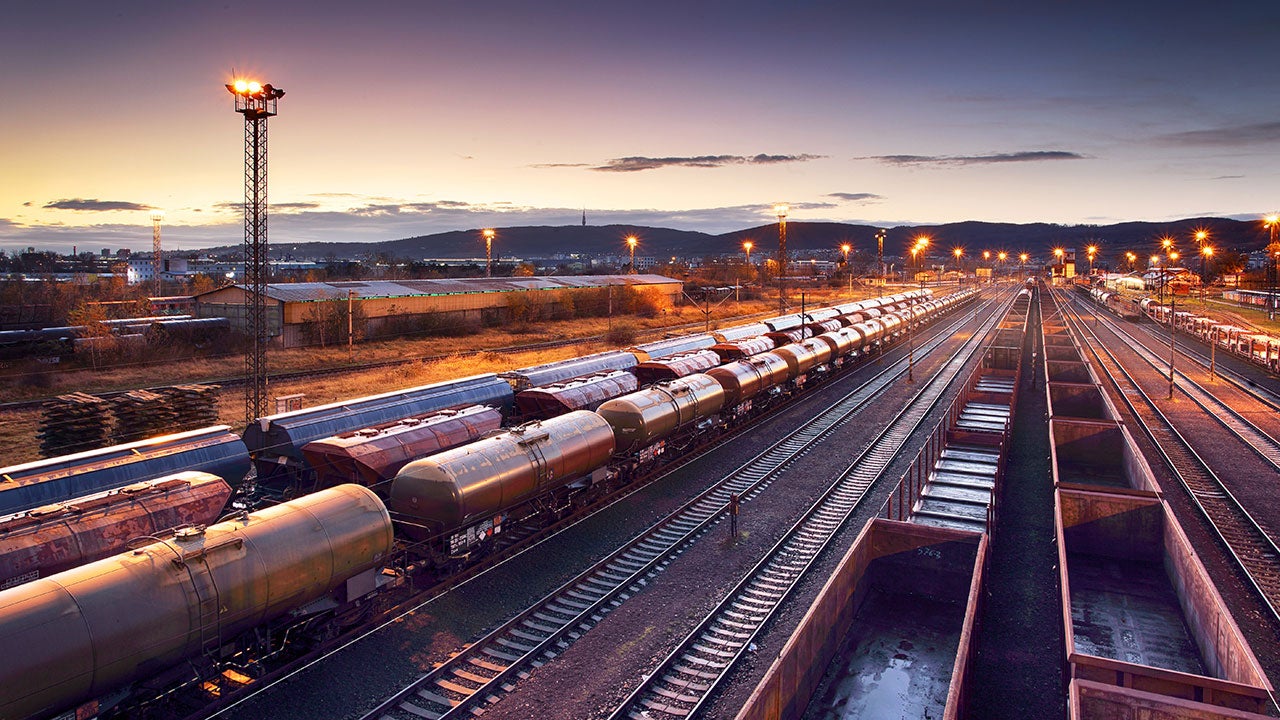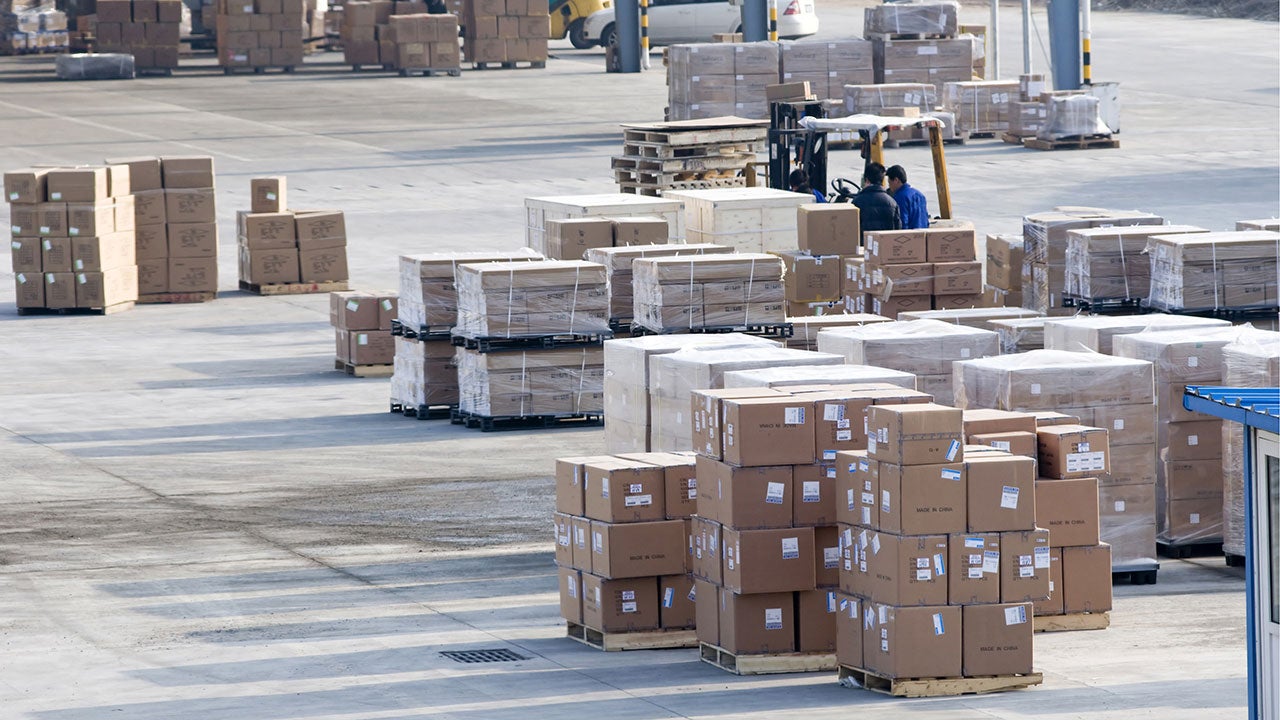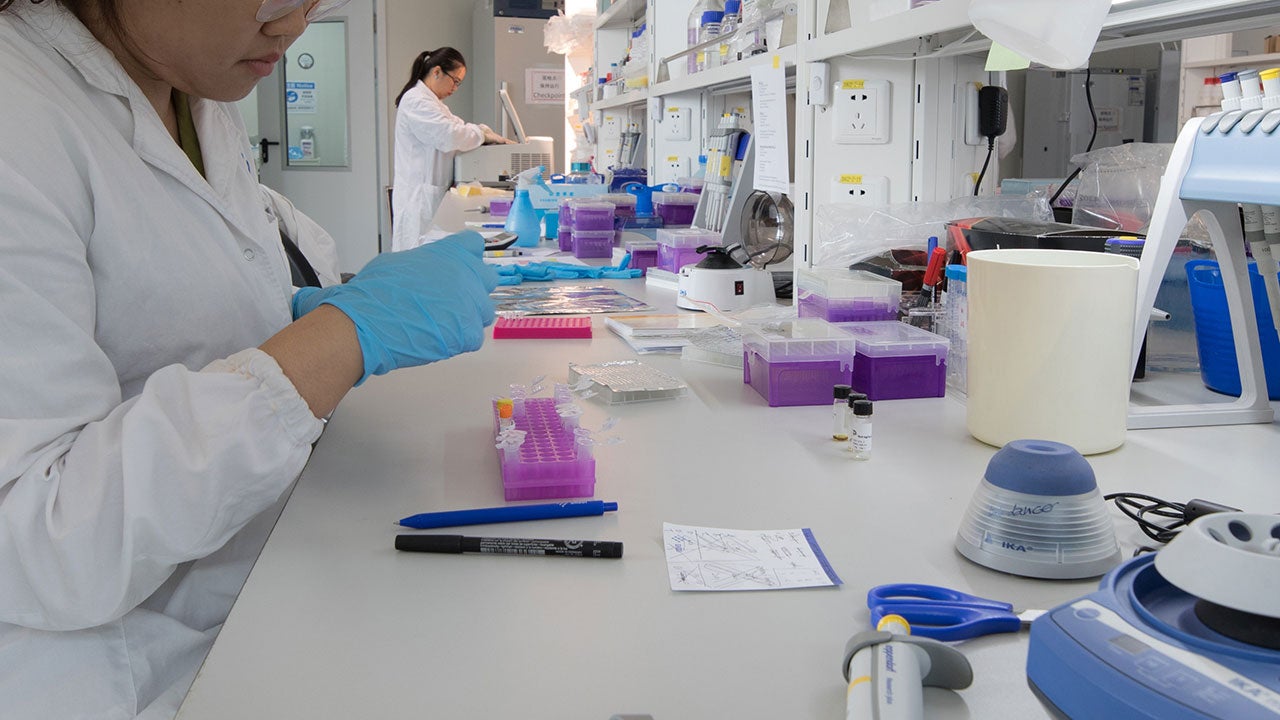
Fixed Income
Progress on the Belt and Road Initiative
Since first endorsed by President Xi in 2013, the BRI has expanded and evolved.

As the coronavirus spread globally, many countries implemented lockdowns, quarantines and social distancing measures. These economies are expected to suffer unprecedented losses due to the drastic drop in economic activity. The shock to global GDP and potential funding stresses will likely magnify the impact on emerging market countries, given their relatively less developed healthcare systems and higher debt levels.
Although Covid-19’s impact on future global economic growth and social interaction remains uncertain, we try to analyse its impact on the BRI by answering the following questions.
China’s domestic economy contracted by 6.8% year-over-year in the first quarter due to the coronavirus outbreak.1 While China’s ability to provide ongoing funding to other countries has not suffered – foreign exchange reserves have held steady - we believe China will increasingly focus on domestic issues in the near term.
Going forward, China may promote a wider range of financing options and more multilateral projects under the BRI. Various financing options involving multiple stakeholders in BRI projects could improve project management and decrease dependence on Chinese capital.
Private financing and co-financing had played a growing role in BRI projects even before the pandemic.
We expect the current situation to speed this process. In March 2019, China’s Ministry of Finance signed a memorandum of understanding with several multilateral development banks to establish a Multilateral Cooperation Centre for Development Finance. According to research by Refinitiv BRI Database, 27% of total funding for Belt and Road projects has come from private sector or publicly listed firms.2 While the number is well below the 46% of financing from government institutions, we expect the private portion to expand as the number of multilateral projects grows and China becomes increasingly open to the multilateralization of BRI.3
In addition to multilateral projects, financial market funding could help make up the gap in Chinese capital. According to a 2020 Central Banking survey conducted with 30 central banks in the BRI, a fair number of respondents expected funding for BRI projects to come from financial markets.4 The London Stock Exchange, for example, supports the BRI through a variety of services and initiatives. At the end of 2019, it facilitated the raising of USD80 billion in equity capital and USD170 billion in debt capital.5 It also seeks to provide a “world-class listing infrastructure” for the BRI.
Invesco Fixed Income expects more multilateral projects and a broader range of financing options to bring increased transparency, efficiency, and sustainability to BRI projects overall, potentially benefiting Belt and Road recipient countries. Notwithstanding additional financing options and multilateral projects, we expect China to provide strong support to Belt and Road projects going forward. In March, for example, the China Development Bank announced that it will provide low-cost financing and special foreign exchange liquidity loans to companies involved in Belt and Road projects.
Since the emergence of the pandemic, President Xi has commented frequently on the building of the Health Silk Road. As the first country to appear to have contained the virus, China has actively donated medical supplies and equipment to other Belt and Road countries. Media reports suggest that China has donated at least 40 million masks to other countries. Most donations were made within Asia, with Iran and South Korea receiving the most. European countries, especially Italy, have also received major Chinese donations. China has sent medical experts abroad to help Belt and Road countries, and many Chinese tech companies are currently exporting coronavirus-related products and services overseas. Alibaba has offered its coronavirus response guide to several countries and Huawei donated wireless network equipment, smartphones and cloud platform access to Italian hospitals.
Aside from the immediate boost to medical resources, China’s efforts to help Belt and Road countries fight the pandemic should aid in the long-term development of the BRI, as it may build trust and a foundation for future Belt and Road cooperation.
Invesco Fixed Income estimates that the additional public investment needed to offset the decline in emerging market growth is around USD9.7 trillion.
Some emerging market countries may experience short-term funding stresses, and potential restructurings and defaults cannot be ruled out. Given the pandemic’s severe economic impact and pressure on funding needs, some emerging market countries may need support from international organizations and other countries, including China, to help stabilize their economies. The BRI could potentially fill this role.

Progress on the Belt and Road Initiative
Since first endorsed by President Xi in 2013, the BRI has expanded and evolved.

China’s post-pandemic support to Belt and Road countries and ESG factors
As the first country to emerge from the pandemic, China is one of the better-positioned major economies to extend financial support to emerging market countries.
1 Source: Bloomberg L.P., as of March 31, 2020.
2 Source: Refinitiv BRI Database, as of Dec. 31, 2019.
3 Source: Refinitiv BRI Database, as of Dec. 31, 2019.
4 Source: Central Banking, as of April 16, 2020.
5 Source: Central Banking, as of April 16, 2020.
The value of investments and any income will fluctuate (this may partly be the result of exchange rate fluctuations) and investors may not get back the full amount invested.
Where individuals or the business have expressed opinions, they are based on current market conditions, they may differ from those of other investment professionals and are subject to change without notice.
This document is marketing material and is not intended as a recommendation to invest in any particular asset class, security or strategy. Regulatory requirements that require impartiality of investment/investment strategy recommendations are therefore not applicable nor are any prohibitions to trade before publication. The information provided is for illustrative purposes only, it should not be relied upon as recommendations to buy or sell securities.